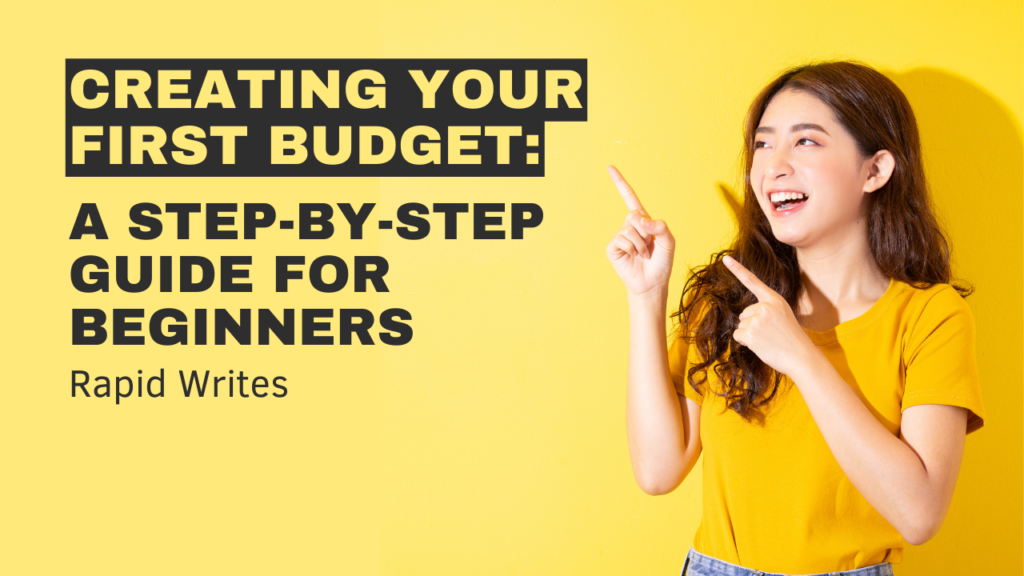Introduction
Debt can be a daunting challenge, but it’s one that many of us face at some point in our lives. Whether it’s from credit cards, student loans, or a mortgage, debt is a common part of financial landscapes. However, the way we manage and approach debt can significantly impact our financial health and personal well-being. This blog offers actionable advice on effectively managing and reducing debt, setting you on a path toward financial freedom.
Understanding Your Debt
1. Assess Your Debt Situation:
- Create a comprehensive list of your debts: Include creditors, interest rates, monthly payments, and total amounts owed.
- Prioritize your debts: Consider the interest rates and terms of each debt, prioritizing high-interest debts for quicker repayment.
2. Know Your Numbers:
- Budget Review: Take a close look at your budget to identify areas where you can cut expenses and allocate more funds toward debt repayment.
- Emergency Fund: Ensure you have a small emergency fund in place to avoid new debt in case of unexpected expenses.
Debt Reduction Strategies
1. The Snowball Method:
- Pay off debts from smallest to largest, gaining momentum as each balance is wiped clean. This method provides psychological wins that motivate continued progress.
2. The Avalanche Method:
- Focus on paying off debts with the highest interest rates first, potentially saving you money over time by reducing the amount of interest you pay.
3. Consolidation and Refinancing:
- Debt Consolidation: Combine multiple debts into a single payment, ideally at a lower interest rate, to simplify payments and potentially save on interest.
- Refinancing: Specifically for loans, look for opportunities to refinance to a lower interest rate, reducing your monthly payments and the total cost of the debt.
Budgeting for Debt Repayment
1. Creating a Sustainable Budget:
- Incorporate debt repayment as a non-negotiable line item in your budget, treating it like any other essential expense.
- Use budgeting apps or tools to track spending and stay on top of debt repayment goals.
2. Cutting Costs and Increasing Income:
- Identify areas to reduce spending, such as dining out less or cancelling unused subscriptions.
- Consider side gigs or selling unused items to increase your income and allocate additional funds toward debt.
Staying Motivated and Managing Setbacks
1. Celebrate Milestones:
- Set small, achievable milestones and celebrate when you reach them to maintain motivation.
- Share your progress with a supportive friend or family member who can help keep you accountable.
2. Adjusting Strategies as Needed:
- Life happens, and it’s okay to reassess and adjust your repayment plan as necessary. What’s important is to keep moving forward.
Conclusion
Navigating debt requires a solid plan, discipline, and the right mindset. By understanding your debt, implementing effective repayment strategies, and managing your budget, you can reduce and eventually eliminate debt. Remember, it’s not just about paying off what you owe; it’s about building a foundation for a financially secure future. The journey might be challenging, but the freedom and peace of mind gained from being debt-free are well worth the effort.
Effective debt management and reduction are cornerstones of sound financial planning and management. By tackling debt head-on, you set the stage for enhanced financial stability and open the door to achieving your broader financial goals, whether that’s saving for a home, investing for the future, or simply enjoying a life free from financial stress.



